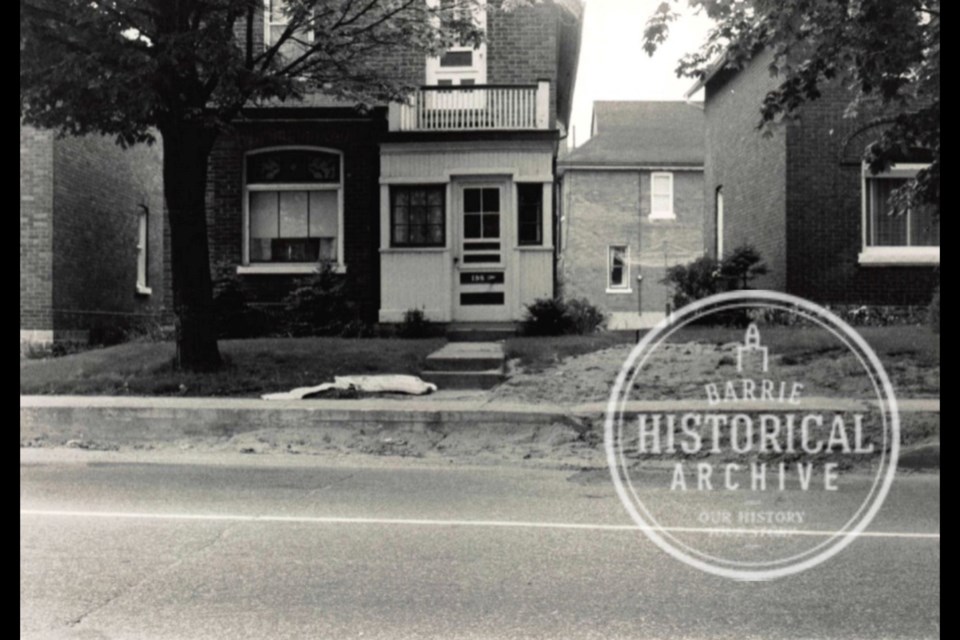I have a co-worker at my present place of employment who is now in her 41st year of service there. At a previous workplace, another woman I know will soon be entering a 44th year.
That kind of long-term employment in one place is almost unheard of today. Dedication is a wonderful thing but it isn’t without risk. Just ask the former employees of Nortel or Sears.
Hector McPhail made a 46-year career out of the railway and regretted little about that choice; it would seem. Aside from his regular holidays, he had taken only one extra vacation day and one sick day by the time he retired in 1929. He boasted that he had “never taken a ride on a train which went off the track and never sustained so much as a scratch” during his time with the railways.
Hector was the eldest son of Highland Scots who had made their way to the County of Simcoe in search of a better life. Like the Scottish settlers of Oro Township, these were Gaelic speakers from an island community off the coast of Argyll.
Hugh McPhail, Hector’s father, was born in a rural parish in Argyll but, seeing no so future for himself there, migrated to Glasgow, as so many others from outlying areas had already done. Hugh boarded with another family and got work as a labourer.
These Argyll natives all knew each other, socialized and worked together, as they shared the bonds of a common language and culture in a strange place. It wasn’t long before Hugh met Mary McQuarrie, who was born on the Isle of Mull.
Mary McQuarrie’s mother’s people were McKinnons from the small parish of Kilninian on the island’s north coast. The McKinnons of Kilninian are my people too, so I wonder if we might be related. Then again, everyone is connected to everyone else on these historically isolated island communities.
Glasgow was often a stepping stone for would-be immigrants. This certainly seems to be the case for the McPhails. Hector and four of his younger siblings were born in Glasgow before the whole family set off for Canada in 1871.
After only seven years in this land, Hugh McPhail suddenly died. He was just 39 years old and left six children behind with another on the way. Hector was now the man of the house and got work as a labourer, taking any kind of employment he could get to support his large family. The McPhails were living in Orillia at that time.
Five years later, Hector married Sarah Elizabeth Whipps, and soon afterwards joined the ever-expanding ranks of railway men. His first job was section man at Longford just across Lake Couchiching from Orillia. By 1887, he was a foreman stationed at Washago. His work naturally took him all over – Toronto, North Bay, Peterborough and Collingwood until he finally settled in Barrie about 1920.
The family lived in a very nice two-storey brick house at 198 Bradford Street. From there, Hector McPhail attended to his duties as roadmaster of various sections and was in charge of keeping those sections perfectly maintained.
In his day, he had gone from a dollar a day for a 10-hour shift to $3.30 a day for eight hours. Hector had seen wood burning steam engines converted to coal fired, watched softwood rail ties change over to creosote-soaked hardwood, and lifted many a 45-pound iron rail that later came in lengths weighing 100 pounds.
Hector McPhail retired in April 1929. He and his wife immediately sold 198 Bradford Street and headed for Hamilton, Ont. to live with their son. Most of their grown children had moved to Detroit, Mich. and the couple looked forward to shortening the drive to that city and visiting them more often.
